
Marion Square is greenspace in downtown Charleston, South Carolina, spanning six and one half acres. The square was established as a parade ground for the state arsenal under construction on the north side of the square. It is best known as the former Citadel Green because The Citadel occupied the arsenal from 1843 until 1922, when the Citadel moved to the city's west side. Marion Square was named in honor of Francis Marion.

Citadel Mall is a regional 1,138,527 square feet (105,773 m2) shopping mall located in Charleston, South Carolina, United States. It opened on July 29, 1981 and is located at the intersection of Sam Rittenberg Boulevard and I-526. The mall features more than 100 stores. On September 1, 2013 the mall went into foreclosure after then owner CBL & Associates Properties defaulted on mortgage payments, and it was purchased at auction by the lender in January 2014. After the auction, the mall was placed under the ownership of a holding company formed by the lender, 2070 Sam Rittenberg Boulevard Holdings LLC and as of January 2017 was under contract to be sold to an undisclosed buyer. The anchor stores are Target, Belk, Dillard's, Mixed Bag Productions, and Medical University of South Carolina.
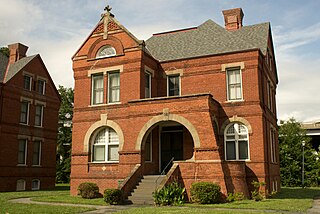
The William Enston Home, located at 900 King St., Charleston, South Carolina, is a complex of many buildings all constructed in Romanesque Revival architecture, a rare style in Charleston. Twenty-four cottages were constructed beginning in 1887 along with a memorial chapel at the center with a campanile style tower, and it was reserved for white residents. An infirmary was added in 1931 and later converted into a superintendent's home.

The Sottile Theatre is a theater in downtown Charleston, South Carolina. It is owned by the College of Charleston and is a rental venue used by many local, regional and national performing arts groups including Spoleto Festival USA. It has 785 seats and was built in the 1920s by Albert Sottile.
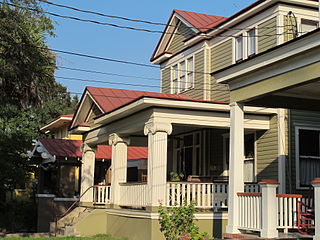
Hampton Park Terrace is the name both of a neighborhood and a National Register district located in peninsular Charleston, South Carolina. The neighborhood is bounded on the west by The Citadel, on the north by Hampton Park, on the east by Rutledge Ave., and on the south by Congress St. In addition, the one block of Parkwood Ave. south of Congress St. is considered, by some, to be included. The National Register district, on the other hand, is composed of the same area with two exceptions: (1) the northeasternmost block is excluded and (2) an extra block of President St. is included.
David Burns Hyer was an American architect who practiced in Charleston, South Carolina and Orlando, Florida during the first half of the twentieth century, designing civic buildings in the Neoclassical Revival and Mediterranean Revival styles.
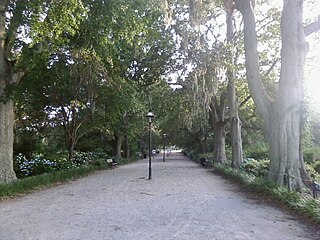
Hampton Park is a public park located in peninsular Charleston, South Carolina, United States. At 60 acres (240,000 m2), it is the largest park on the peninsula. It is bordered by The Citadel to the west, Hampton Park Terrace to the south, North Central to the east, and Wagener Terrace to the north. The park is named in honor of Confederate General Wade Hampton III who, at the time of the Civil War, owned one of the largest collections of slaves in the South. After the Civil War, Hampton became a proponent of the Lost Cause movement, member of the Red Shirts and governor of South Carolina.

John Henry Devereux, also called John Delorey before 1860, was an American architect and builder best known for his designs in Charleston, South Carolina. According to the National Park Service, he was the "most prolific architect of the post-Civil War era" in the Charleston area. His works are listed on the U.S. National Register of Historic Places. His Charleston Post Office and Courthouse has been designated as a U.S. National Historic Landmark.

Albert Wheeler Todd was an architect in Charleston, South Carolina. He is known for his neoclassical architecture, the design on his own home and of a home for Tristram Hyde. Todd was the senior partner at the firm of Todd & Benson which became Todd, Simons & Todd. Joseph F. Leitner worked with him. Todd also served in the legislature from 1910 until 1924 and was a State Senator.
The following is a timeline of the history of Charleston, South Carolina, USA.
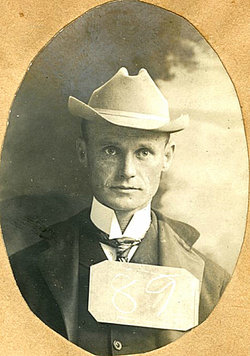
John Darlington Newcomer was an American architect whose practice focused on Charleston, South Carolina in the early 20th century.
Corrine Jones Playground was formerly known as Hester Park because of its location along Hester Street in Charleston, South Carolina. The playground is located on a portion of the larger Buist Tract that had been used during World War II as housing for the influx of wartime workers.
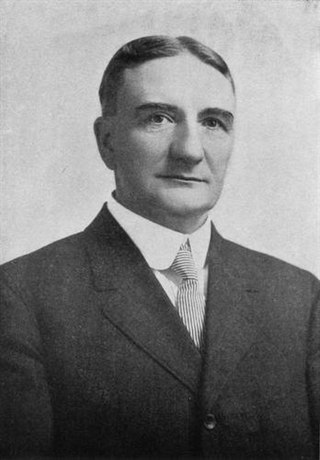
Tristram Tupper Hyde was the mayor of Charleston, South Carolina, from 1915 to 1919.

The Francis Marion Hotel is a historic hotel opened in 1924 and located at 387 King St., Charleston, South Carolina. It is one of the tallest buildings in Charleston. The hotel is a member of Historic Hotels of America.
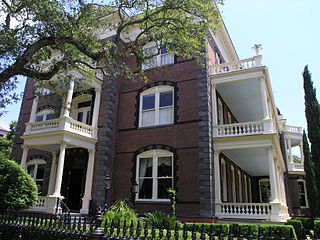
The Williams Mansion is a Victorian house at 16 Meeting St., Charleston, South Carolina. The mansion is open for public tours.
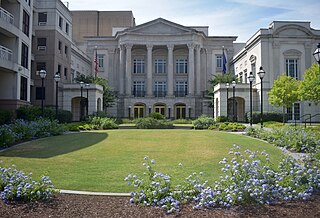
The Gaillard Center is a concert hall and performance venue in Charleston, South Carolina. It opened in 2015 and replaced the Gaillard Municipal Auditorium. Both buildings were named after John Palmer Gaillard Jr., mayor of Charleston from 1959 to 1975.

Charleston Orphan House, the first public orphanage in the United States, was an orphanage in Charleston, South Carolina from 1790 to 1951. Records of the Commissioners of the Charleston Orphan House are held at the Charleston County Public Library, in Charleston. The records consists of the administrative records of the Charleston Orphan House, from its founding in 1790 to its removal in 1951.

Sixth Naval District Training Aids Library is located at 1056 King Street, Charleston, South Carolina. The building was listed on the National Register of Historic Places in 2017 due to its symbolization of the rapid development of the Navy in Charleston from 1943 to 1946. It is the current location for the Redux Contemporary Art Center.




















